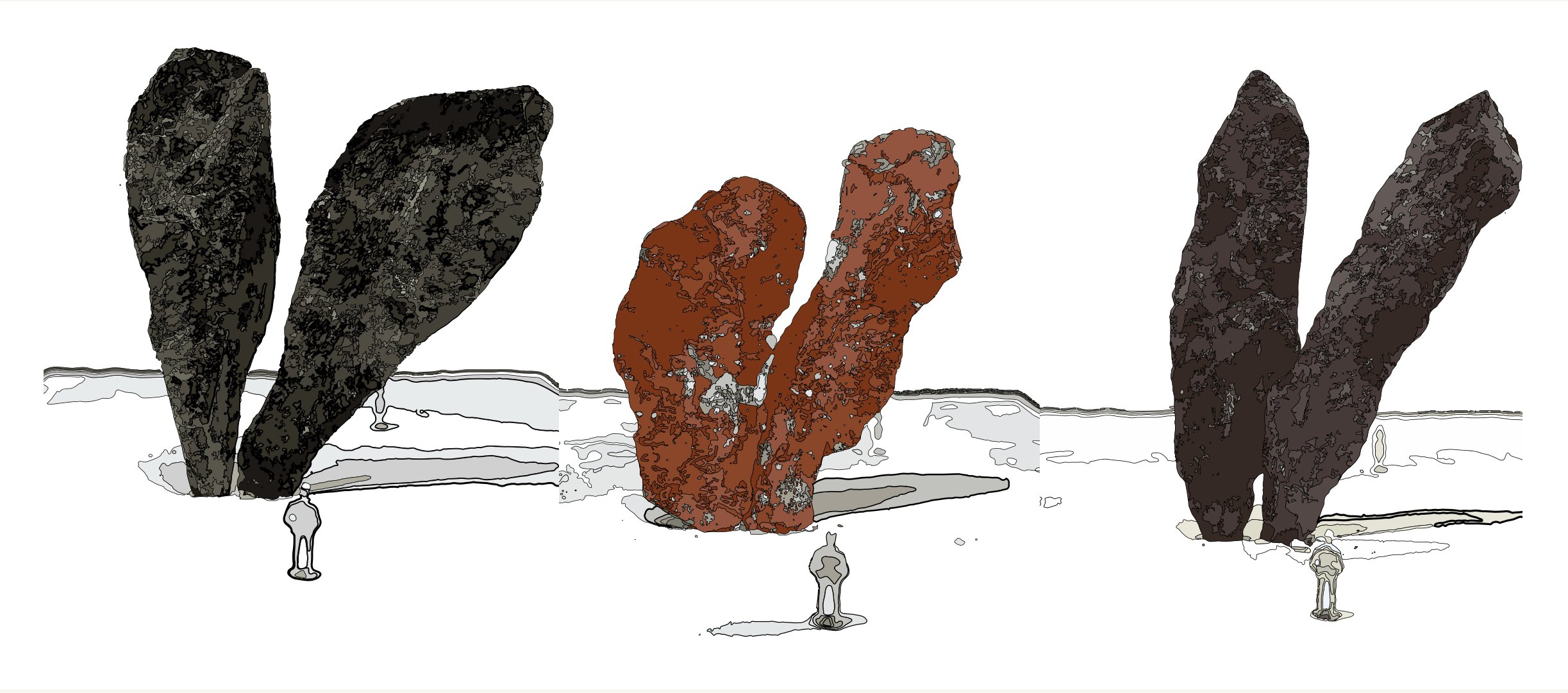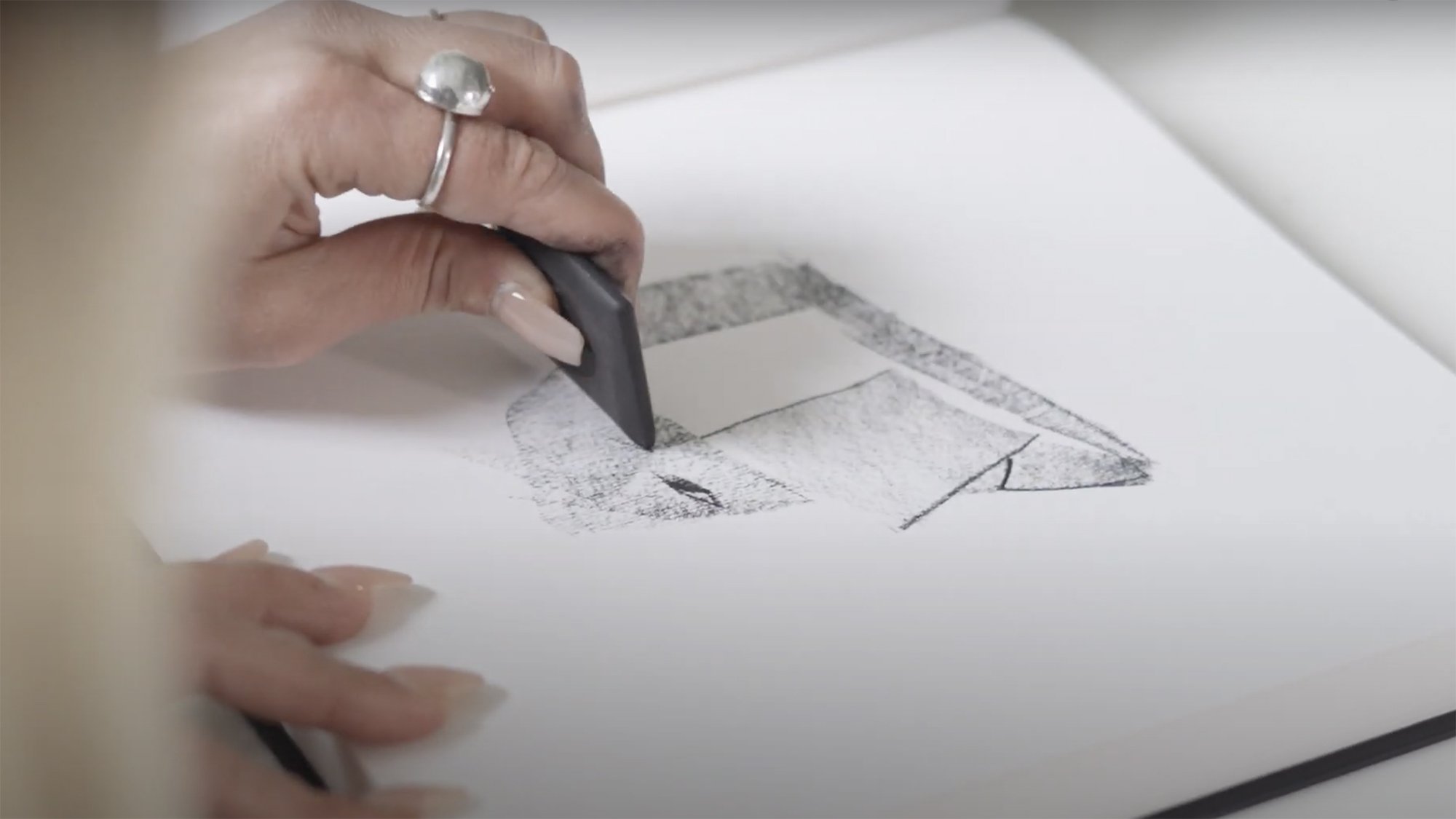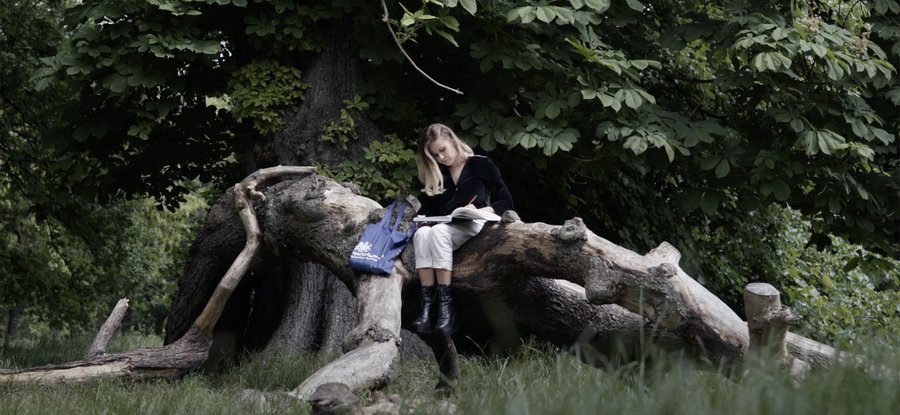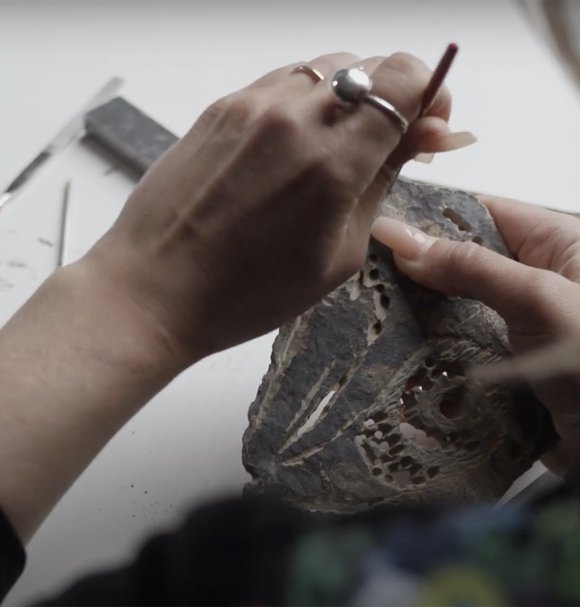
Key details
Date
- 31 October 2023
Read time
- 2 minutes
Meet Master of Research (MRes) RCA alumna and MA Architecture student Sabina Petit Balcaityte whose research investigates the historical mistreatment of, and injustice towards, those accused of witchcraft.
“The Royal College of Art has been a vast source of knowledge, workshops, collaboration and intellectual freedom, which increased my desire to continue studying in a forward-thinking, kind and innovative environment.”
MRes RCA alumna and MA Architecture student
Sabina Petit Balcaityte grew up in Kartena, a small town in Lithuania. “I always wandered around trees, forests and woodlands,” she explained. “As Lithuanians, we were late heathens, and our connection to nature, folklore, and the moon – which are all central to witchcraft – remains strong. My Lithuanian heritage has instilled in me a deep appreciation for these elements, and I am passionate about the captivating stories of witches.”

Sabina defines witchcraft as “an ancient healing science”, which over the centuries has been misrepresented by cultural institutions such as the church, royalty, pharmaceutical industry and medicine. Most notably from the fifteenth century in England, and across Europe, people were executed for being witches.
During her research at the RCA Sabina was initially fascinated by the historic visual and material culture associated with witchcraft. However, she chose to focus her output on people’s loss. This resulted in a practice-based research project that rectifies the injustice done to those who suffered and were killed under the label of ‘witch’. Sabina has proposed a non-site specific monument, to remember people executed under the name of ‘witch’ from the fifteenth century in England.


As part of her research, Sabina used a method of ‘witchiness’. This she defines as being based on individual instincts, insights, inspiration and inventiveness. In practice it meant using her natural intuition and automatic drawing skills to create a visual as well as theoretical representation of witchcraft.
Sabina qualified as a dental assistant in Lithuania in 2010. Working in this industry helped her to discover an urgency for art and logic. This led her to follow her interest in architecture by studying BA Architecture at Central Saint Martins, graduating in 2019. She came to the MRes RCA programme in order to professionalise her practice and elevate her research skills to a high-level. The MRes RCA is a dynamic, interdisciplinary degree that fosters innovative thinking. Students develop practice-led, experimental research skills and construct their own areas of expertise.


“The Royal College of Art has been a vast source of knowledge, workshops, collaboration and intellectual freedom, which increased my desire to continue studying in a forward-thinking, kind and innovative environment,” Sabina reflected. “The RCA is equipped with multidisciplinary environments which I have always been drawn to and surrounded by.”
Sabina is continuing her studies at the RCA on the MA Architecture programme. She shared her aims for the future: “My goal is to create a collaborative architectural practice which sets its roots in critical reflection and responds to highly researched subjects such as women and agency, inclusivity, sustainability and resources.”



